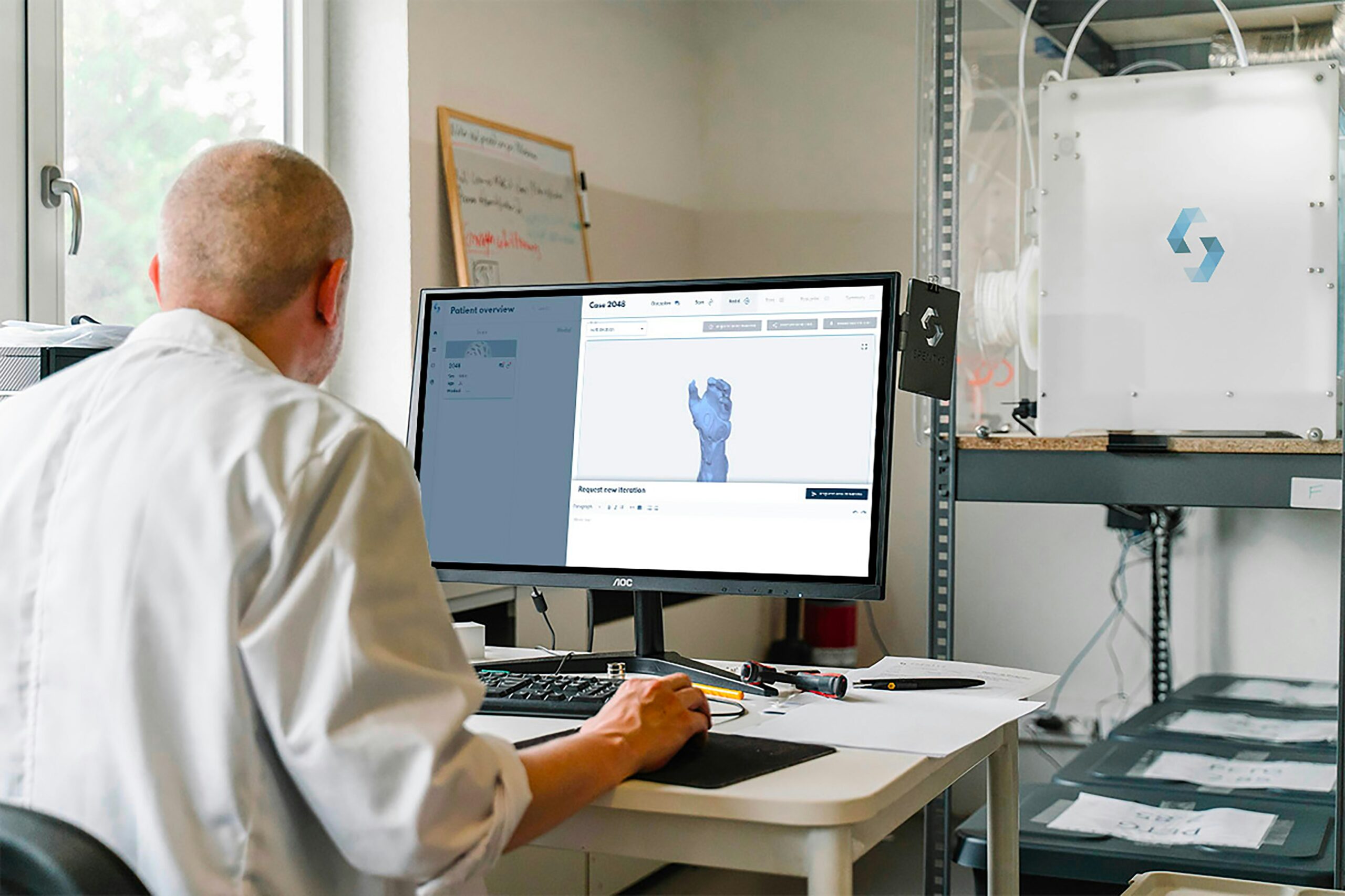
Understanding what matters most to patients in orthopedic care has become increasingly vital in today’s healthcare landscape. Gone are the days when medical decisions were made solely based on clinical data and physician preferences. The healthcare community has recognized that involving patients in research and treatment decisions leads to better outcomes and higher satisfaction rates.
Patient-centered research in orthopedics represents a fundamental shift in how we approach musculoskeletal care. It acknowledges that while clinical outcomes are crucial, the patient’s perspective, quality of life, and personal goals are equally important factors in determining successful treatment. This approach has revolutionized how we conduct research, deliver care, and measure success in orthopedic medicine.
Evolution of Patient-Centered Research
The journey toward patient-centered research in orthopedics has been remarkable. Initially, success in orthopedic treatments was measured primarily through X-rays, range of motion measurements, and other clinical metrics. However, researchers and clinicians noticed that sometimes patients with “perfect” clinical outcomes weren’t satisfied with their results. In contrast, others with less ideal clinical measurements reported high satisfaction with their treatment outcomes.
This disconnect prompted a significant shift in how we approach orthopedic research. Healthcare providers started incorporating patient-reported outcome measures (PROMs) into their studies, considering factors like pain levels, ability to perform daily activities, and overall quality of life. This evolution has helped bridge the gap between clinical success and patient satisfaction, leading to more comprehensive and meaningful research outcomes.
Impact on Treatment Decision-Making
Patient-centered research has transformed the conversation between doctors and patients when making treatment decisions. Instead of simply presenting clinical options, orthopedic surgeons now have access to data about how different treatments affect patients’ daily lives, their ability to return to work or sports, and their overall satisfaction with the procedure.
The collaborative approach has led to more informed decision-making processes where patients actively participate in choosing their treatment path. For instance, a younger patient with an ACL tear might prioritize returning to sports, while an older patient might focus more on maintaining mobility for daily activities. This personalized approach, supported by patient-centered research, helps ensure that treatment plans align with individual patient goals and expectations.
Role of Technology in Patient-Centered Research
Technology has become a powerful ally in advancing patient-centered research in orthopedics. Mobile apps, wearable devices, and online platforms allow patients to easily report their symptoms, track their progress, and provide real-time feedback about their recovery journey. This continuous data stream offers researchers and clinicians valuable insights into the patient experience beyond traditional clinical visits.
Integrating these technological tools has also made it easier to conduct large-scale studies and collect comprehensive data about patient experiences. Researchers can now gather information about how patients feel and function in their everyday lives, not just during hospital visits, providing a complete picture of treatment outcomes and recovery patterns.
Benefits for Healthcare Providers
Patient-centered research has brought numerous advantages to healthcare providers in the orthopedic field. By gaining a deeper understanding of patient preferences and experiences, providers can develop more effective treatment protocols and enhance service delivery. This approach has led to higher patient satisfaction rates, better treatment plan adherence, and improved clinical outcomes.
Moreover, healthcare providers who embrace patient-centered research are often better equipped to meet quality metrics and value-based care requirements. The insights gained from this research help them identify areas for improvement in their practice and make data-driven decisions about resource allocation and service development.
Future Directions and Opportunities
The future of patient-centered research in orthopedics looks incredibly promising. As artificial intelligence and machine learning technologies continue to advance, we can expect to see even more sophisticated methods for collecting and analyzing patient data. These tools could help predict individual patient outcomes more accurately and further personalize treatment approaches.
There’s also growing interest in expanding the scope of patient-centered research to include diverse populations and understand how social determinants of health impact orthopedic outcomes. This broader perspective will help ensure that treatments are effective and accessible for all patient populations, regardless of their background or circumstances.
Implementing Research Findings in Clinical Practice
Moving research findings from paper to practice is crucial for realizing the benefits of patient-centered research. Healthcare organizations are increasingly developing systems to integrate research insights into their daily operations, from modifying clinical protocols to improving patient communication.
Finding effective ways to balance standardized care protocols with individualized approaches based on patient preferences and needs is the challenge. Success requires ongoing collaboration between researchers, clinicians, and patients to ensure that new insights are effectively translated into improved care delivery.
Measuring Success and Impact
In patient-centered orthopedic research, measuring success goes beyond traditional clinical metrics. Modern evaluation methods include patient satisfaction scores, quality-of-life assessments, and long-term functional outcomes. These comprehensive measurements provide a more complete picture of treatment effectiveness.
This broader approach to measuring outcomes has led to more meaningful improvements in orthopedic care. By understanding what truly matters to patients, healthcare providers can focus on achieving the outcomes that will make the most significant difference in their patients’ lives.